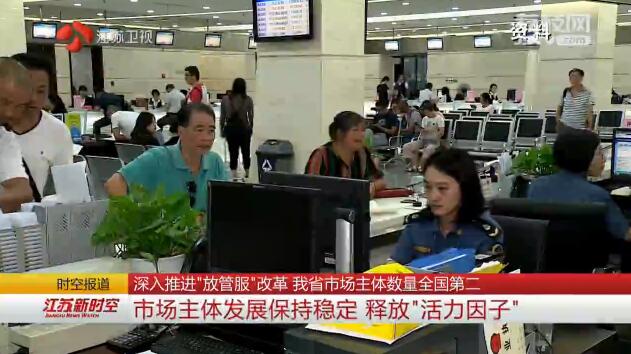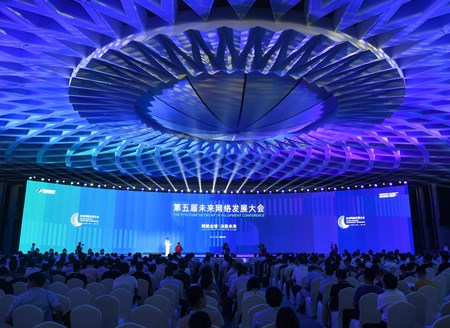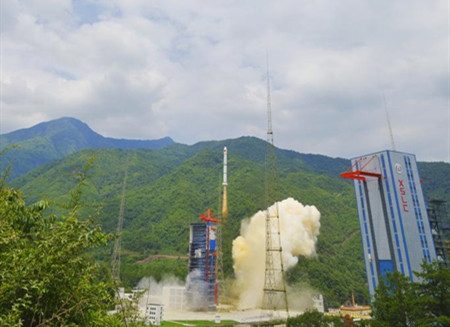East China’s Jiangsu province tried various means to improve market environment in the first half of this year by streamlining administration, delegating powers, and improving regulation and services so that its number of market players maintained steady growth to stand at 9.7 million, ranking second in the country.
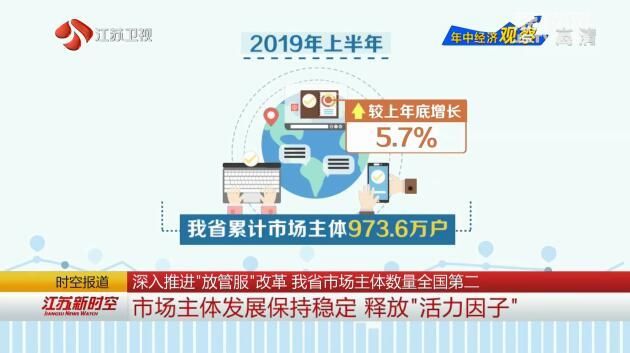
Jiangsu registered 9.736 million market players in the first half of this year, a gain of 5.7% from a year ago. The number of newly-registered market players totaled 847000, up 4.2% from a year ago.
Of the newly-registered market players, 264000 are enterprises, 58100 are self-employed businesses and 1981 are farming cooperatives.
The number of self-employed businesses maintained the fastest growth pace, up 9.1% year on year.
The number of newly-registered market players totaled 4654 per day with 1451 enterprises.
The number of market players for every 10000 persons reached 121, a gain of 6 from the end of last year.
Thanks to the continuous advancement of government service reform, the time spent on applying for business registration has been greatly reduced, and the entry and exit of market entities has become more convenient. The newly established market entities in the province have achieved steady growth and the economic vitality has been continuously released.
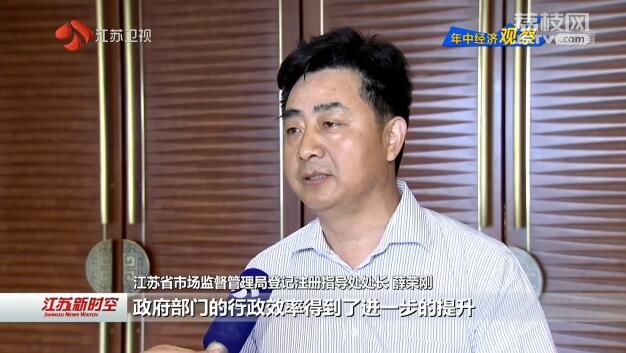
Xue Ronggang, director of business registration, Jiangsu Market Supervision Administration
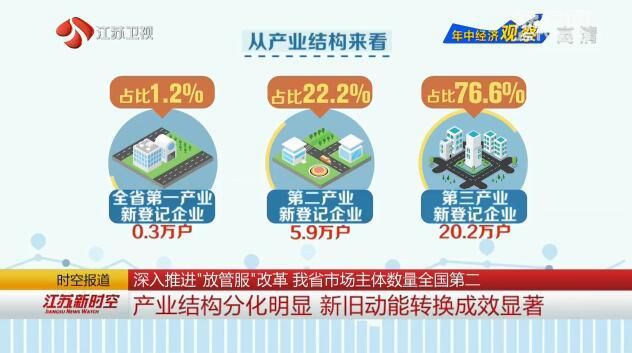
Judging from the industrial sectors, 3000 newly-registered enterprises are with the primary industry, 59000 with the secondary industry and 202000 with the tertiary industry. The figures stand for respective percentage points of 1.2%, 22.2% and 76.6%, representing a normal structure for the industrial structures.
The hi-tech sector demonstrated the fastest growth, as is evidenced by the booming development of the service enterprises in education, healthcare, social work and information technology with respective percentage points of 47.1%, 19.7% and 25.3%.
Thanks to the growth of service-oriented consumer demand and the growth of the production-oriented service industry, various new industries and new formats have maintained growth momentum and the conversion of new and old kinetic energy has provided an important impetus for economic transformation and upgrading.
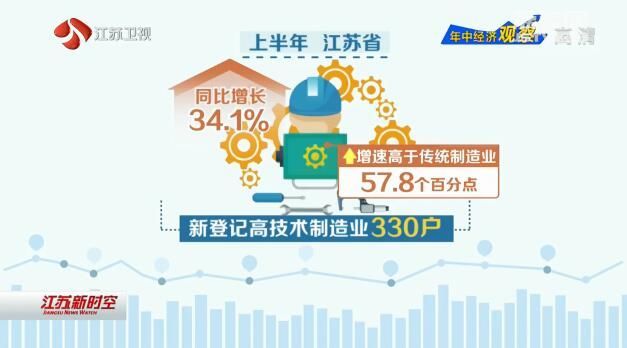
The hi-tech manufacturing sector has demonstrated the most powerful driving force for the rebound of the entire manufacturing industry. 330 hi-tech firms were registered in the first half of the year, up 34.1%, which is 57.8 percentage points higher than the pace of the traditional manufacturing sector.
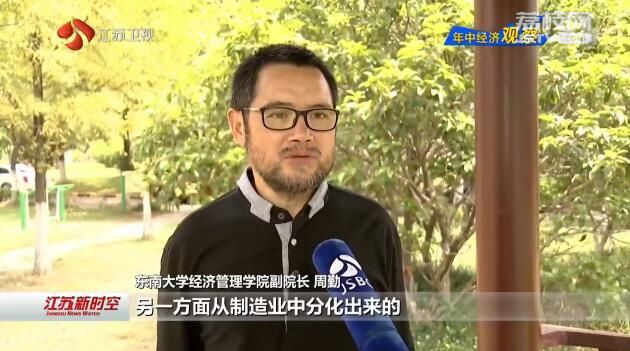
Zhou Qin, deputy dean, college of economic management, Southeast University
(Source:ourjiangsu.com)
